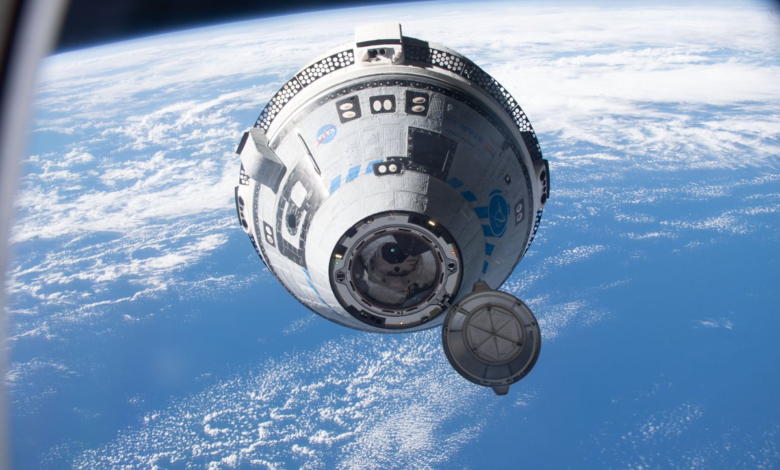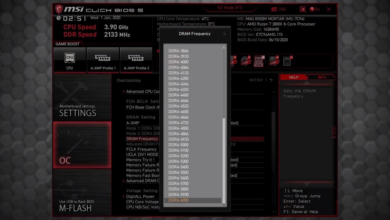
The first crewed voyage of the Starliner spacecraft was supposed to take place next month, but NASA and Boeing confirmed on Wednesday that it will now happen no earlier than Friday, July 21.
Although the Starliner spaceship is finished, Boeing announced in a statement on its website that “more time is needed to round off verification and validation work prior to the system’s first flight with crew on board.”
NASA astronauts Suni Williams and Barry Wilmore will travel aboard the forthcoming CST-100 Starliner voyage to the International Space Station (ISS). The two will launch from Cape Canaveral in Florida aboard a United Launch Alliance Atlas V rocket.
The forthcoming mission’s objective is to test the Starliner system’s whole capability with personnel on board, from rocket launch to landing and recovery.
According to a statement from NASA on Wednesday, “Following a successful test flight, Boeing will work to finalize operational readiness for its post-certification missions and NASA will begin the final process of certifying the Starliner spacecraft and systems for regular, crewed missions to the space station.”
The Starliner’s early stages of development were plagued by complications, and its first flight in December 2019 ended in failure due to a host of technical flaws. The upcoming crewed voyage, however, was made possible by the unscrewed Starliner’s successful docking with the ISS in May of last year after much effort. If all goes as planned, NASA will then have a second crew transport vehicle — in addition to SpaceX’s Crew Dragon spacecraft — for astronaut journeys to and from the International Space Station.
Mark Nappi, the manager of the Starliner programmed, remarked, “We are really proud of the work the team has done.” “Both NASA and we are aware of the importance of this mission. When the International Space Station is ready to receive our vehicle, we will launch when we are ready.
The creation of the Starliner is a component of NASA’s Commercial Crew Program, a public-private venture created to broaden access to space by combining NASA’s decades of expertise with cutting-edge technology created and manufactured by private companies.











